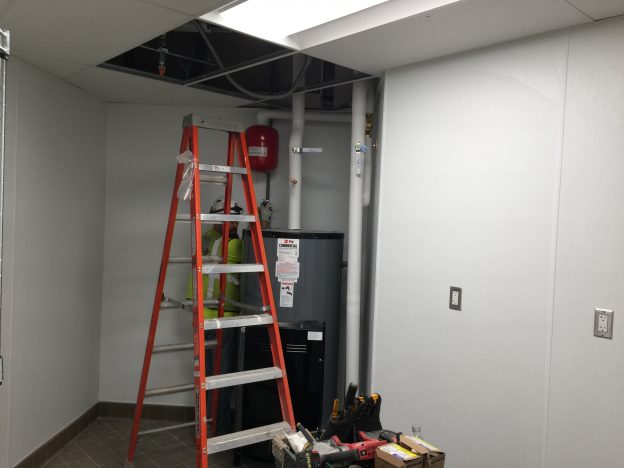STEPS TO LADDER SAFETY

Whether you’re on a construction site accessing an install area or you’re at home replacing an out-of-reach light bulb, the risks and safety precautions for using stepladders are the same.
In an article from the Centers for Disease Control and Prevention (CDC), the author includes some powerful statistics pointing out that “In the United States, more than 500,000 people per year are treated—and about 300 people die—from ladder-related injuries.” Many of these falls and injuries can be prevented by simply knowing the risks and thinking through stepladder use.
Think it through.
Whether you’re installing ductwork on site or replacing a light bulb at home, the first step is to think through the task at hand and select the right ladder for the job. Different ladders can hold different amounts of weight so it’s important to select a ladder that fits the “maximum intended load.” It’s also important to inspect the ladder for any damage or defects prior to use.
Know the risks.
Be mindful of the hazards that can make a seemingly safe ladder dangerous. Common risks include: using a ladder on an unstable surface, standing on the top step/top cap of the ladder, and working from a ladder in a “high-traffic” area. It can be easy to have a false sense of stability on a ladder. Many injuries occur in just a few seconds of stepping, reaching, or leaning outside of the recommended ladder safety guidelines. It’s important to follow the prescribed ladder safety instructions at all times – they are in place for a reason.
A Step Above
The Occupational Safety and Health Administration (OSHA) provides a great Fact Sheet that includes all of the “dos” and “don’ts” for working on a stepladder safely. If your job or household projects require you to use a ladder, this fact sheet is one of many resources that can help you stay safe.



